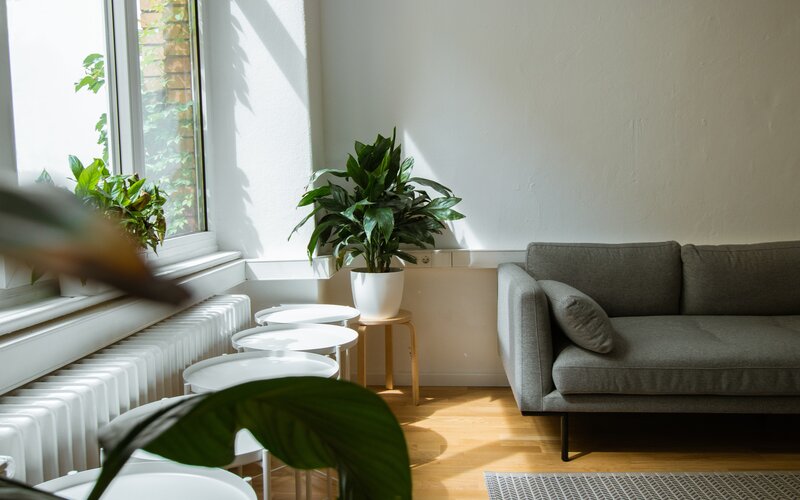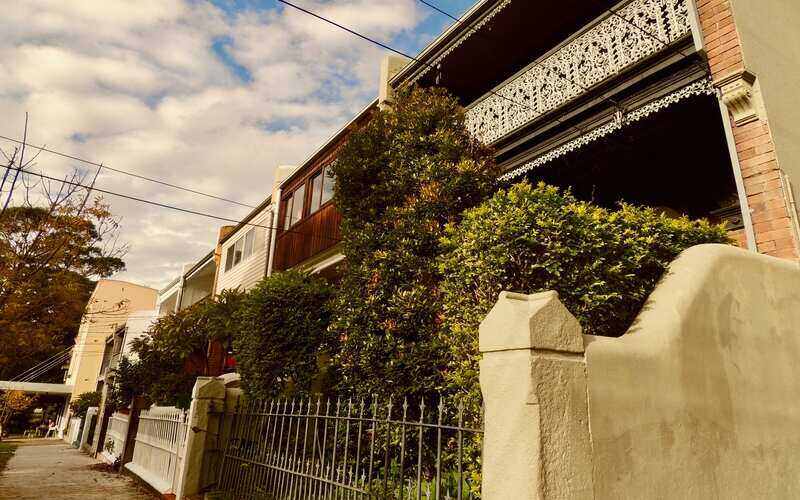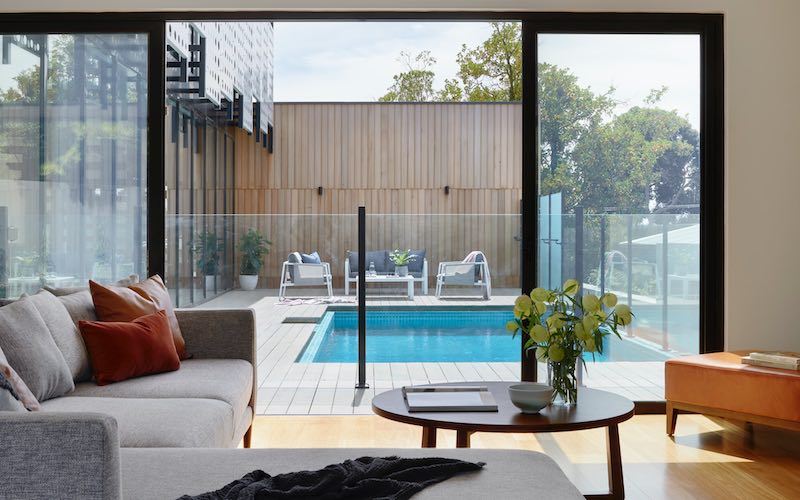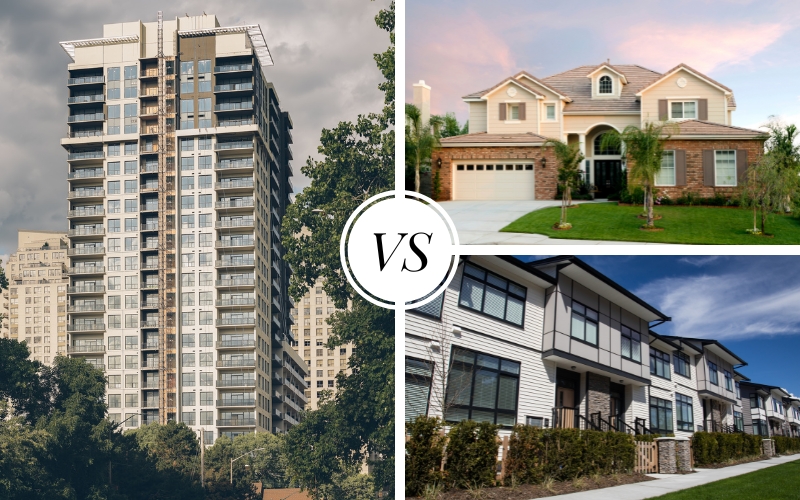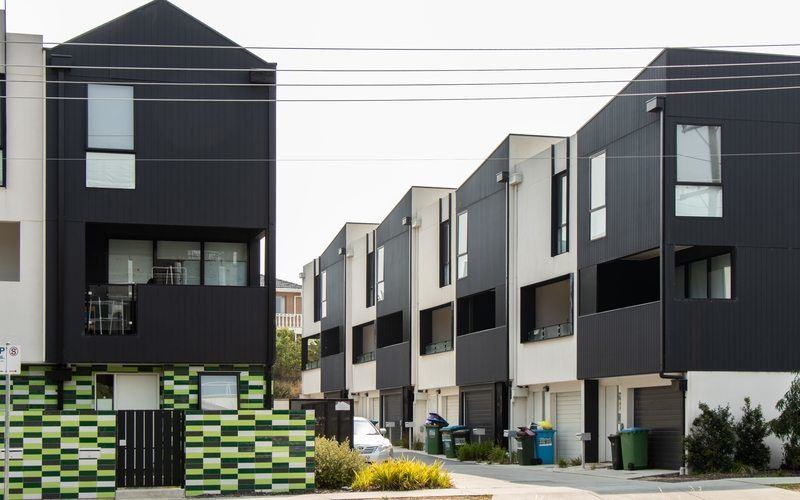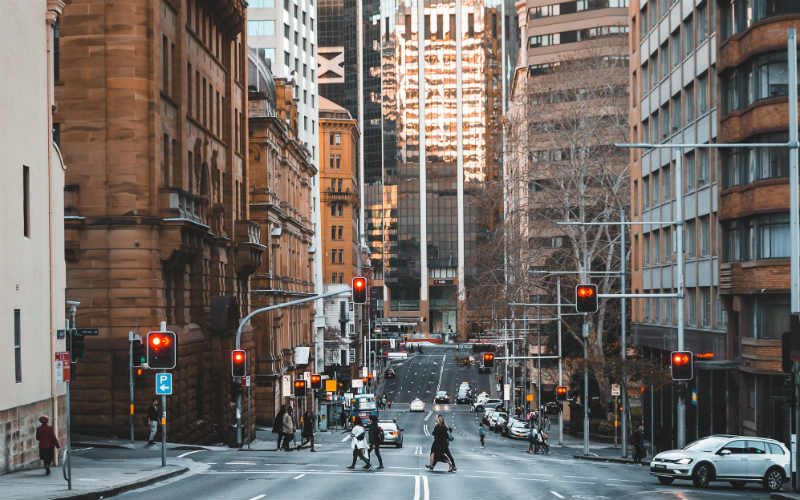Ten months prior, 21,663 new loans were issued for the purchase of investment property, but a steep decline since has seen this figure fall to just 11,485.
This is despite near record low national vacancy rates and the number of new rental listings down about 36% from the five year average, driving rental rates up at a record pace, and making rentals a landlord's market.
Since September 2020, median rent values in Australia have gone from $455 to $564, nearly a 24% increase.
At the same time though, the median weekly payments on a variable rate investment loan went from $443 to $738, up over 66%.
Rental rates and shortages have become a national crisis, particularly in Melbourne, Sydney and Brisbane where the bulk of an expected surge in migration is expected to fall.
Why are investors pulling out?
While the previous boom means property prices remain relatively high, consumer confidence in the property market is low.
CoreLogic reported a 0.3% rise to housing values throughout the first half of March, contradicting popular belief that continued downturn is inevitable.
This coincided with a drop in listings, down 19.9% from the previous five year seasonally adjusted average, indicating property owners are holding out while prices are lower.
Australian property values are up 57% over the past 10 years, but CoreLogic head of research Eliza Owen says this shift in the economy could be a sign to investors that the next decade may not see such robust growth.
Increased regulation is a factor that many property analysts say is dissuading prospective property investors.
Queensland Premier Annastacia Palaszczuk said last week the state government was considering caps on rental increases to address soaring rates in the state.
On Tuesday it became more official, with increases to be capped at one per year.
The notion of caps was critiqued heavily by the property industry, including Real Estate Institute of Queensland CEO Antonia Mercorella, who said it shows "a government with seemingly no grasp on basic economics".
Limits to rental increases would prevent rental rates fully reflecting increases to mortgage repayments, which is likely to translate to further losses for investors.
Propertyology research found with increases to the average rates of expenses like land tax and insurance means the typical landlord's annual loss has risen by over $11,000.
Propertyology head of research Simon Pressley has warned that the deficit of investors and subsequently squeezed rates could trigger a "national eruption of widespread rage".
Many investors negatively gear their properties- making a net loss - and hold out for capital gains once they sell.
In the 2019/20 financial year, ATO data indicated 53.7% of properties were operating on a loss.
However, the trade-off between negative gearing and capital gains has been tested over the past year.
The average sale price of Australian homes fell 8.40% from May 2022 to the start of this year, the steepest decline on record.
What's the solution?
Ms Owen called for more social housing, or more funding for providers, to help protect the most vulnerable low income households in the country.
"As the proposition of individually-owned investment property in the market becomes less attractive, Australians need a new source of investment in rental accommodation," Ms Owen said.
Propertyology's head of research Simon Pressley has been intensely critical of nationwide policies over the last few years that he says are 'forcing a dire shortage of rental supply', and believes a supportive environment for rental suppliers is the only way to address the housing crisis.
Today we’re taking action to give people who are renting a fairer go.
— Annastacia Palaszczuk (@AnnastaciaMP) March 27, 2023
Weekly rents are rapidly increasing - sometimes going up $200 or even $400.
It’s not right.
That’s why we’re proposing to limit rent increases to once a year, rather than every six months.
Advertisement
Buying a home or looking to refinance? The table below features home loans with some of the lowest interest rates on the market for owner occupiers.
| Lender | Home Loan | Interest Rate | Comparison Rate* | Monthly Repayment | Repayment type | Rate Type | Offset | Redraw | Ongoing Fees | Upfront Fees | Max LVR | Lump Sum Repayment | Additional Repayments | Split Loan Option | Tags | Row Tags | Features | Link | Compare | Promoted Product | Disclosure |
|---|---|---|---|---|---|---|---|---|---|---|---|---|---|---|---|---|---|---|---|---|---|
5.79% p.a. | 5.83% p.a. | $2,931 | Principal & Interest | Variable | $0 | $530 | 90% |
| Promoted | Disclosure | |||||||||||
5.74% p.a. | 5.65% p.a. | $2,915 | Principal & Interest | Variable | $0 | $0 | 80% |
| Promoted | Disclosure | |||||||||||
5.84% p.a. | 6.08% p.a. | $2,947 | Principal & Interest | Variable | $250 | $250 | 60% |
| Promoted | Disclosure |
Picture by Jaye Haych on Unsplash

Ready, Set, Buy!
Learn everything you need to know about buying property – from choosing the right property and home loan, to the purchasing process, tips to save money and more!
With bonus Q&A sheet and Crossword!






 William Jolly
William Jolly
 Harry O'Sullivan
Harry O'Sullivan





